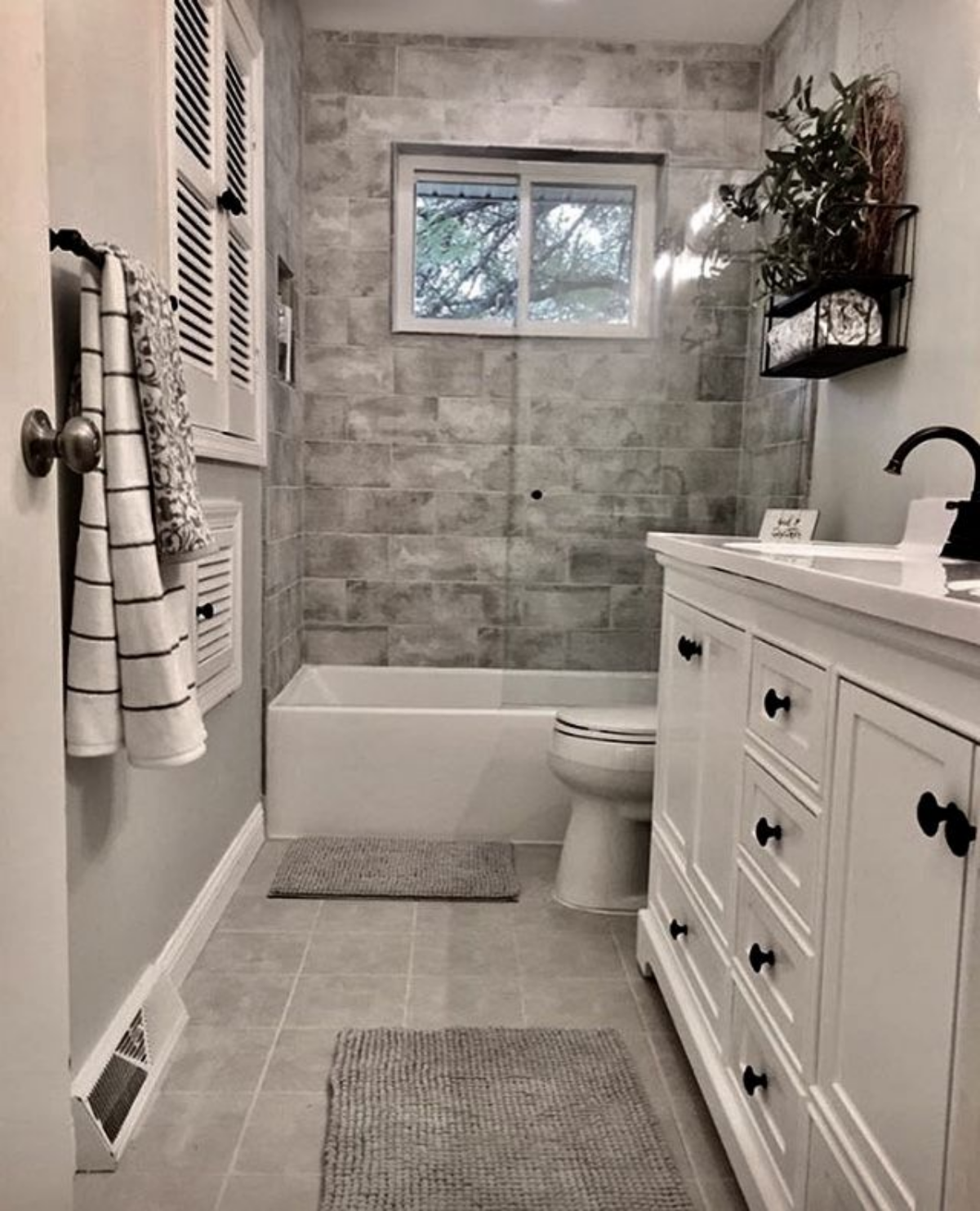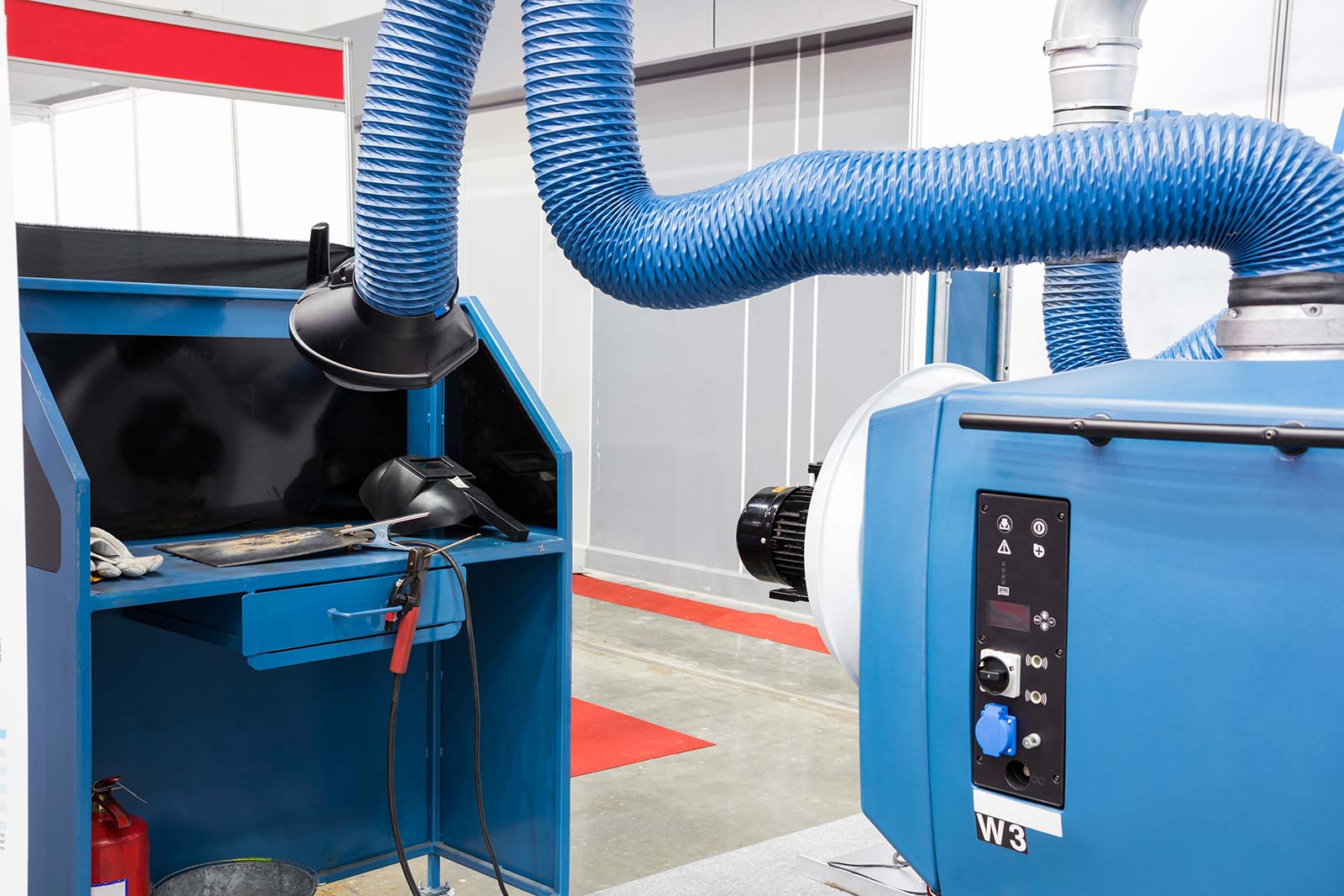Essential Benefits for Correct Ventilation in Plumbing Systems
Essential Benefits for Correct Ventilation in Plumbing Systems
Blog Article
How do you really feel with regards to Why Plumbing Air Vents Are Important?

Appropriate ventilation in pipes systems is often overlooked, yet it is essential for preserving the functionality and safety of your home's pipes. Ventilation helps regulate air pressure, avoid the accumulation of unsafe gases, and make certain the effective removal of waste. In this overview, we will discover the relevance of appropriate plumbing air flow, exactly how it works, and the benefits it offers your plumbing system.
Recognizing Ventilation in Pipes
Ventilation in pipes refers to the network of pipelines that allow air to stream via the drain system. These vents offer several purposes, including regulating atmospheric pressure within the pipes, protecting against sewer gases from getting in the home, and helping in the smooth flow of wastewater.
Exactly How Ventilation Works in Pipes Systems
Air Pressure Regulation
Appropriate air flow maintains well balanced atmospheric pressure within the plumbing system. When water flows with pipelines, it displaces air. Without ample air flow, this displacement can produce adverse stress, resulting in slow down drains pipes or siphoning of water from traps, which can create unpleasant odors to permeate right into the home.
Preventing Drain Gas Buildup
One of one of the most important functions of pipes vents is to stop sewage system gases, such as methane and hydrogen sulfide, from building up within the home. These gases can present severe wellness threats and are highly flammable. Vent pipelines permit these gases to leave securely outside.
Helping in Waste Removal
Ventilation helps in the efficient removal of wastewater by avoiding airlocks in the drain system. When air can stream easily with the vents, it permits water and waste to move efficiently via the pipelines, reducing the threat of clogs and back-ups.
Sorts Of Plumbing Vents
Main Heap Vent
The main stack air vent, also called the vent pile, is the key vent in a pipes system. It extends from the primary drain line up with the roof, enabling gases to leave and fresh air to go into the system.
Branch Vent
Branch vents link to the primary pile air vent and serve private fixtures, such as sinks, commodes, and showers. These vents make sure that each fixture has ample ventilation to function appropriately.
Air Admission Valve (AAV).
An Air Admission Valve (AAV) is a one-way shutoff that enables air to enter the pipes system without the need for a typical air vent pipeline extending with the roof covering. AAVs are commonly utilized in renovations or areas where setting up a typical air vent is not practical.
Indicators of Poor Air Flow in Pipes.
Slow Draining Fixtures.
If your sinks, bathtubs, or bathrooms are draining slowly, it could be an indication of bad ventilation. Poor air flow can create a vacuum cleaner result, making it hard for water to drain appropriately.
Gurgling Seems.
Gurgling sounds coming from drains pipes are commonly an outcome of air being sucked via water catches as a result of negative pressure in the pipes. This is a clear sign of not enough ventilation.
Unpleasant Smells.
Sewage system odors inside your home are a warning that your plumbing system is not properly ventilated. This can imply that sewage system gases are not being effectively vented outside, resulting in possibly unsafe conditions.
Usual Air Flow Blunders.
Insufficient Vent Sizing.
Making use of small air vent pipelines can lead to poor air circulation and stress imbalances in the system. It's necessary to utilize vents that satisfy the details demands of your plumbing system.
Improper Vent Positioning.
Positioning vents also far from the components they offer can minimize their efficiency. Appropriate placement guarantees that air can flow freely and effectively with the system.
Disregarding Code Requirements.
Building codes supply specific guidelines for pipes air flow. Overlooking these codes can cause a system that falls short to operate appropriately and may result in pricey repairs or health hazards.
Advantages of Appropriate Air Flow.
Boosted System Effectiveness.
Correctly aerated plumbing systems run more successfully, with fewer blockages, faster draining, and less stress on the pipes. This efficiency extends the life expectancy of the pipes system.
Improved Air Quality.
By preventing drain gases from entering your home, correct air flow contributes to far better interior air high quality, making your living environment healthier and more comfortable.
Stopping Water Damage.
Ample ventilation helps avoid water from being siphoned out of traps, which can bring about sewer gases getting in the home and creating water damage with time.
Steps to Make Sure Correct Ventilation.
Consulting Pipes Codes.
Constantly get in touch with regional plumbing codes when making or customizing your plumbing system. These codes provide the necessary guidelines for correct venting and ensure your system fulfills safety and security requirements.
Routine Assessment and Maintenance.
Normal inspections can assist determine possible ventilation concerns before they become major troubles. Maintenance tasks, such as cleaning air vent pipes and checking for clogs, are essential for keeping the system in good working order.
Professional Installation.
For new setups or major modifications, it's a good idea to hire a specialist plumbing professional. They have the knowledge to ensure the air flow system is properly developed and installed according to code.
Verdict.
Proper air flow is an important component of any type of plumbing system, making certain that it functions successfully and securely. By understanding the value of ventilation, identifying the indicators of inadequate air flow, and taking steps to keep your system, you can prevent costly concerns and safeguard your home's air high quality.
4 Things You Should Know About Your Plumbing Vents
What Plumbing Vents Are
Also called a vent stack, a plumbing vent is a vertical pipe attached to your drain line that runs through your roof. The plumbing vent pipe, or plumbing air vent, removes gas and odors from your plumbing system and allows fresh air to enter the pipes, helping the water to flow out of the drain pipes.
What Plumbing Vents Do
Plumbing vents have two basic functions. One of which is to allow unpleasant smelling wastewater and sewer gasses to escape your plumbing system instead of entering your home. Plumbing vent pipes are typically located on roofs, away from windows, to ensure the fumes exit the home completely.
The other function of the plumbing vent is to move fresh air into your plumbing system. This helps move water through every plumbing fixture in your house, like toilets and sink drains. Think of the way in which you need to let a little air into the bottle as you pour soda in order to make the drink flow smoothly.
Different Types of Plumbing Vents
True vent: This is the most common vent option. In simplest terms, a true vent is a vertical pipe attached to your drain line that exits through the roof. They often function as the main vent that other fixtures can connect to. Re-vent pipe or auxiliary vent: Attached to the drain line near specific plumbing fixtures, re-vent pipes run up and over to connect to the main vent. Common vent: Two plumbing fixtures installed on opposite sides of a wall are typically tied into the vent stack using something known as a sanitary cross. Wet vent: This venting option operates as a drain pipe and a vent at the same time. Wet vent drainage systems drain water from one fixture while venting the air from another. Although they’ve been used for over 100 years, wet vent systems have only recently been added to the plumbing code in many areas. If you’re planning on installing one in a bathroom remodel, make sure you check your local code prior to construction. Loop vent: For free-standing fixtures like kitchen island sinks, loop vents are ideal. These vent pipes run under the floor, rise from the P-trap, and create a loop inside the cabinet sink. Air admittance valve: An AAV is a one-way mechanical valve typically installed at the site of the plumbing fixture. AAVs allow venting to occur without having to tie into a larger venting system. They’re ideal for venting fixtures where you aren’t able to easily connect to an existing vent system. Common Plumbing Vent Issues
Although vent pipes typically don’t have water flowing through them, they’re still subject to many typical plumbing issues. For example, clogs are one of the most common problems associated with sewer vent pipes. If your vent pipe gets clogged, all of your plumbing fixtures tied into the vent stack will be affected.
A sink with a slow drain that bubbles and gurgles or a strong sewage smell around your toilet are both indicators that your toilet vent pipe is clogged. Because most vent pipes exit through the roof, old leaves, twigs or even a bird’s nest could be clogging the pipe.
Clogs in your vent pipe system cause a buildup of negative pressure, meaning that water won’t be able to flow out of your home very well. It’s similar to putting your finger over the opening of a straw to trap water inside. When you remove your finger, the water is able to flow out of the straw.
If you suspect you have any blockage in your vent, make sure you have a professional come examine the situation. Left unchecked, a blocked air vent can lead to other costly repairs, like leaks and sediment buildup.
Under Pressure
Pipe vents are essential aspects of a home’s plumbing system. Owning a home means learning about all sorts of things you never put much thought into before. But by understanding as much as you can about the important systems of your home, you can keep those budgets intact and those anxiety levels low.
https://www.homeserve.com/en-us/blog/home-improvement/plumbing-vents/

I found that review on What Is A Plumbing Vent & How Do They Work? when doing a search on the web. Are you aware of someone else who is intrigued by the topic? Take a moment to promote it. Thanks so much for going through it.
This Post Report this page